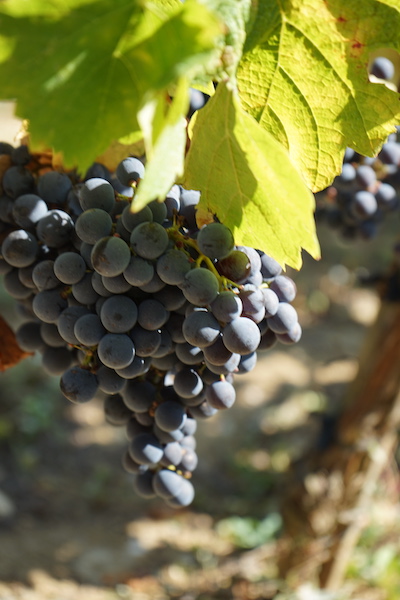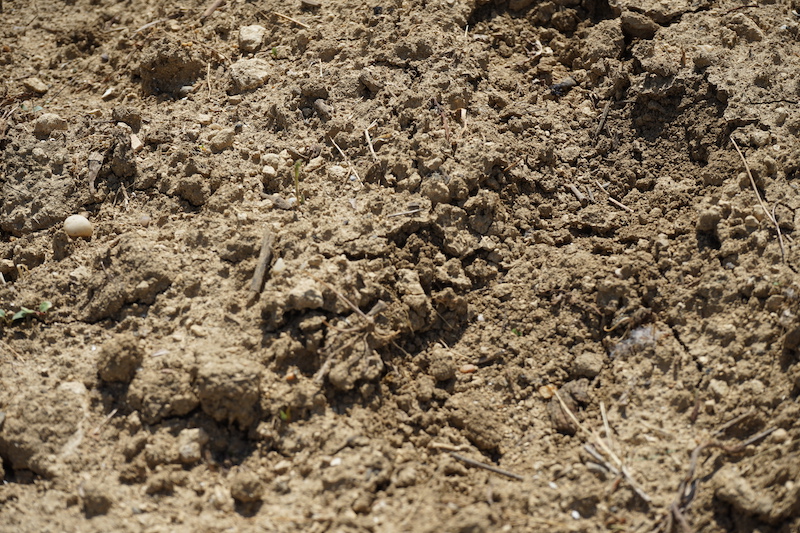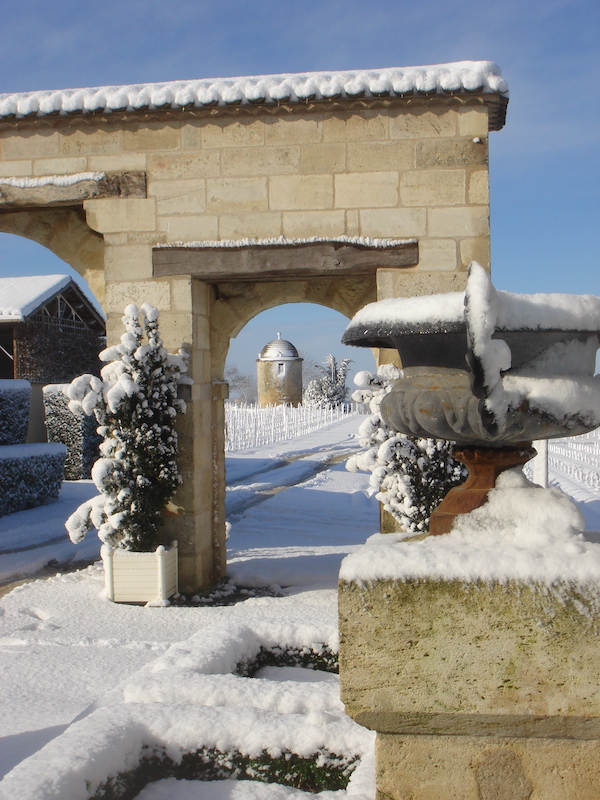SAINT-EMILION
CHATEAU
BALESTARD LA TONNELLE
classified grand cru

Château Balestard La Tonnelle, a unique vineyard
Located on the right bank of Bordeaux, Chateau Balestard la Tonnelle is located on the clay-limestone plateau of Saint-Émilion. Extended on 10.5 hectares of vineyardsThe vineyard was founded in the 15th century. Directed by Jacques CapdemourlinChâteau Balestard La Tonnelle continues its rise to become one of the leading names in the Saint-Emilion appellation.
A highlight
Located on the heights of Saint-Emilion, on the rock, the vineyard allows to admire the vines as far as the eye can see.
A landscape classified by UNESCO
Classified by UNESCO as a world heritage site, Saint-Emilion is a remarkable example of a historic winegrowing landscape.
A terroir
Château Balestard La Tonnelle enjoys a climate, a geology and a relief favorable to the culture of an exceptional vineyard.
A VINEYARD
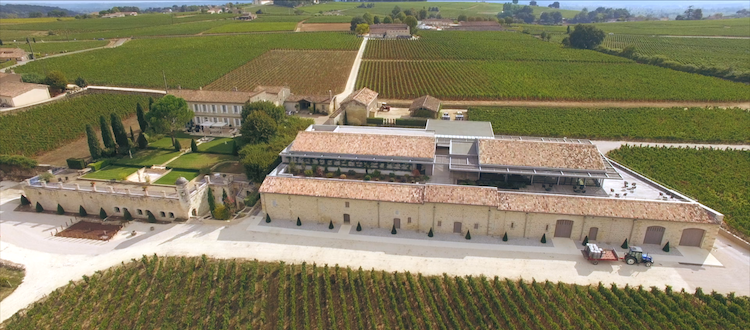
Once through the gate, a vineyard of 10.50 hectares in one piece is presented to visitors.

Each plot was identified by GPS. Visitors can spot the grape varieties as they stroll through the vineyard.
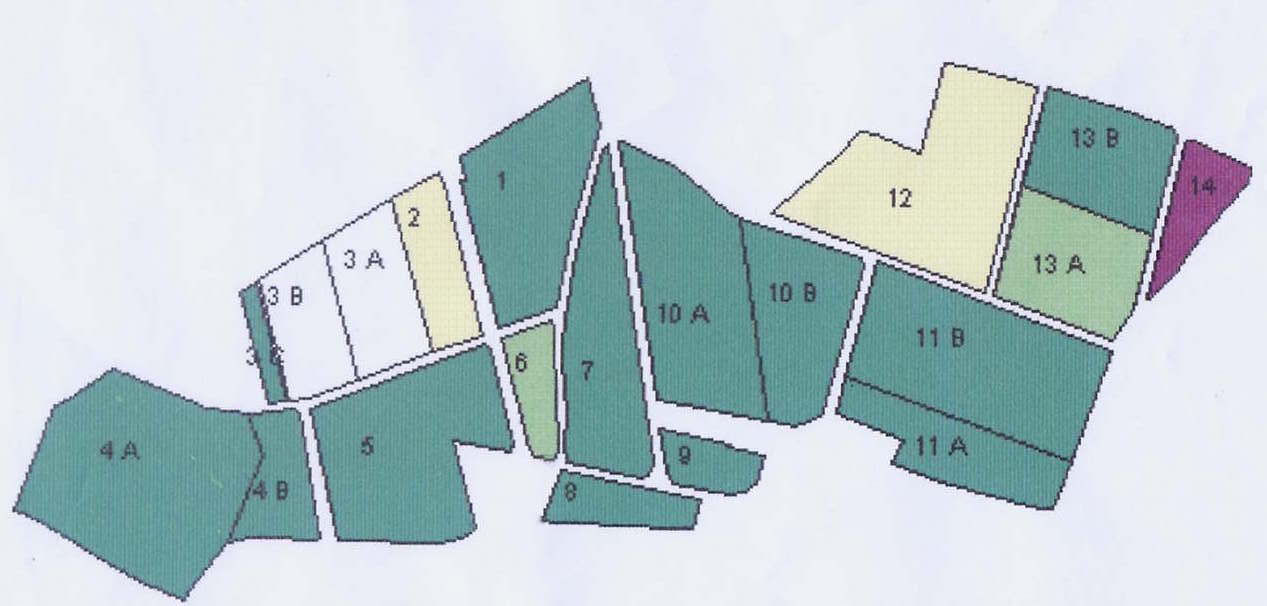
Each parcel has a specific terroir, with a grape variety, and an age of plantation. The vineyard surrounds the new cellar allowing the harvest to be brought in quickly for a better sanitary state of the harvest.
A LAND
Château Balestard la Tonnelle benefits from an exceptional terroir above the limestone rock. Mixture of fine-textured brown calcareous soil, fine-textured brown calcareous soil and heavy clay-limestone soil. This soil offers the best conditions for the grape varieties to flourish. This combination of different soils makes Balestard a unique property with a real signature. Each soil gives a typicity to the wine.
A CLIMATE
The choice of grape varieties was made according to the soil and climate. Indeed, Saint-Emilion enjoys a climate, even a micro-climate on the property of Balestard. Located on the rocky plateau of Saint-Emilion, the vines have developed an important root system that allows them to draw their nutrients deep down. The rock allows rainwater to drain away, but it also allows the sun’s heat to be returned during the night.
The vineyard manager regularly takes rainfall and temperature readings to monitor climatic changes in the vineyard. The objective is to adapt plantations to climate change in the long term. All these conditions give the wine its character, powerful and silky at the same time.
the grape varieties
Cabernet Franc
Cabernet Franc is a red grape variety grown mainly in the Bordeaux region.
Cabernet Franc ripens a little earlier than Cabernet Sauvignon.
Its small berries produce wines rich in polyphenols, whose ageing ability and aromatic finesse are highly appreciated.
They have a very expressive nose and a pronounced tannic structure.
It gives a wine with aromas of tobacco, raspberry, black currant and violet.
10%
merlot
Merlot is a grape variety whose name comes from the blackbirds who particularly appreciate the grapes in its bunches.
It is grown on cool clay-limestone soils. It is the majority grape variety in the Saint-Emilion appellation.
It is fairly hardy, but due to early bud break, it is susceptible to spring frosts. It appreciates soils that keep a little freshness.
It also matures earlier than Cabernet Sauvignon. The Merlot harvest can take place two weeks before the Cabernet Sauvignon harvest.
Because of its higher sugar content, Merlot is sweeter in the mouth
Merlot is a grape variety that produces round and smooth wines with black fruit aromas such as black cherry, blackberry and black currant.
67%
Cabernet Sauvignon
In the 17th century, French winemakers crossed Cabernet Franc and Sauvignon Blanc to create a unique grape variety with special flavors and thick, hard skins that facilitate growth and harvesting.
Cabernet Sauvignon is the most common black wine grape variety in the world after Merlot
It gives powerful and tannic wines with aromas of small black fruits when young (blackcurrant, blackberry), vegetable aromas of bell pepper when it lacks maturity and aromas of musk and leather when it evolves.
23%
THE SEASONS

winter
With the drop in temperature, the vine enters vegetative dormancy.
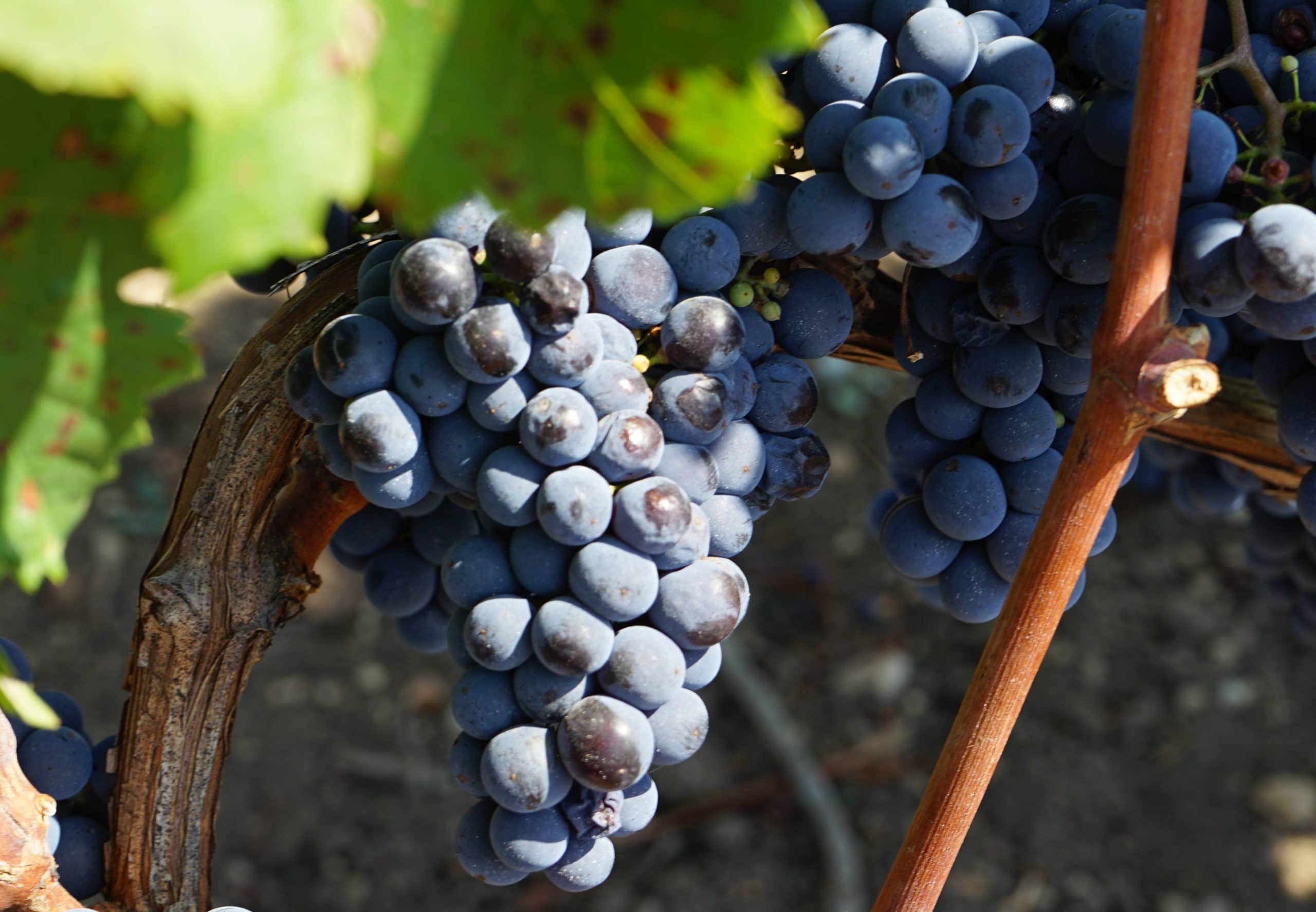
The summer
Season of flowering, then of fruiting, summer allows the formation of beautiful bunches

THE SPRING
The vineyard wakes up at the same time as the first heat appears.
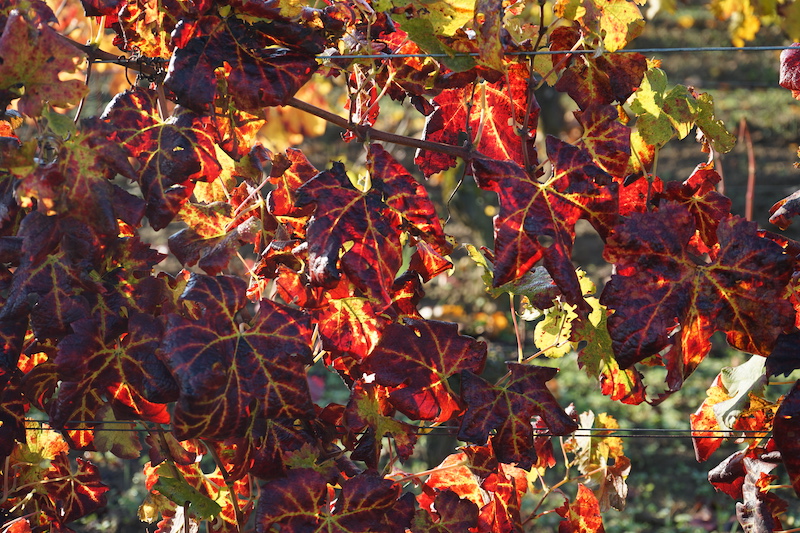
FALL
With the end of the summer comes the harvest period, the link between the cultivation of the vine and the wine making
WINTER
The vine is at rest during the winter months. The oceanic climate protects the vines from the extreme cold. However, sometimes a few snowflakes make their appearance, transforming the landscape in a magical way.
Some frosts are still to be feared but later in the season.
SIZE
The pruning period lasts from December to February. This job, which may seem simple, actually requires a lot of practice and an expert eye. It is a question of choosing the shoots which will carry the future harvest.
Once the pruning is finished, the wood (shoots) is removed and placed on the ground in the middle of the rows while waiting to be crushed.
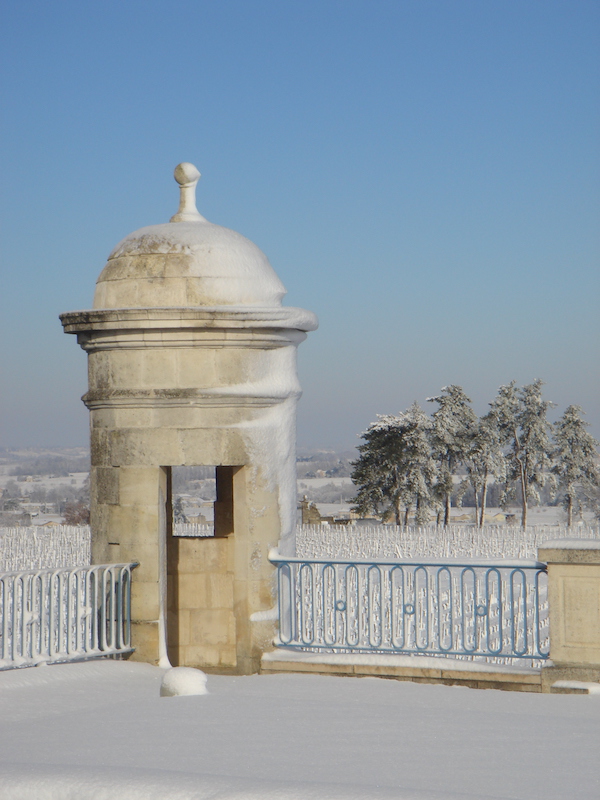
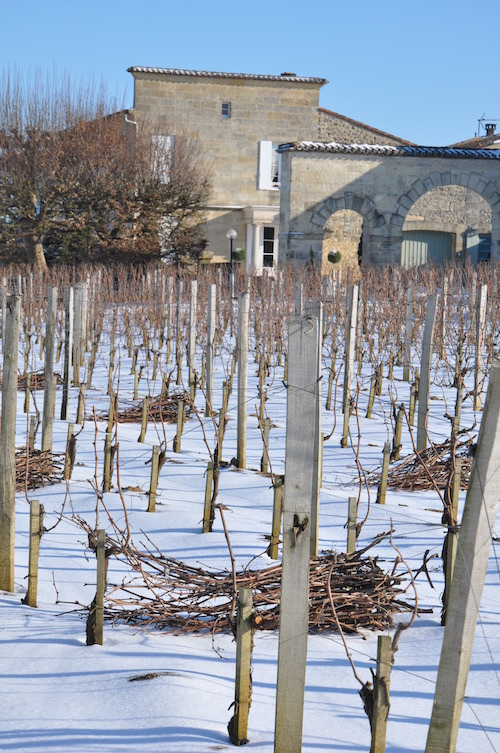
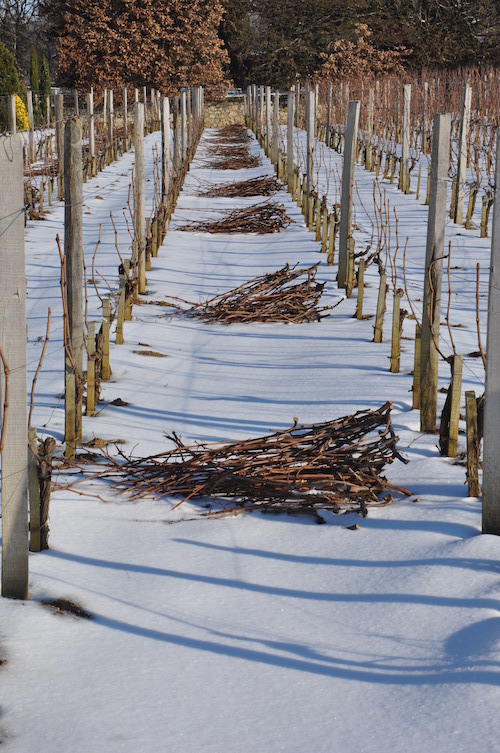
THE SPRING
After its winter rest, the vine wakes up with the first rays of the sun warming the soil and activating the sap in the vine stock.
The budburst
The buds make their appearance surrounded by their scales “the bourre”. Tiny leaves point out.
Soil preparation
After winter, it is important to aerate the clods of earth between the vines. Decapping is an essential step.
Indeed, the presence of grass favors spring frosts and prevents a good sanitary state, the cavaillon must be maintained.
This is one of the most delicate tasks in the maintenance of the vineyard.
This work requires special attention.




This is the time of folding. The astes are attached to the wire to guide the branches.
With the spring sun and rains, the vines gain vigor and the leaf space grows at a high speed. In order to avoid exhausting the vine, the bottom branches of the vine are removed.
Then, it is the time of the lifting which consists in guiding the vegetation of the vine. The vine branches are tied up so that they grow straight and let a maximum of light through to the grapes.
The summer
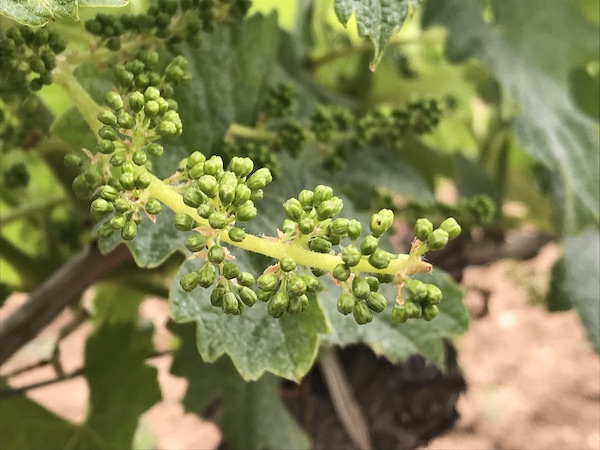
During the fruit set, the grapes begin to form in the fertilized flowers.
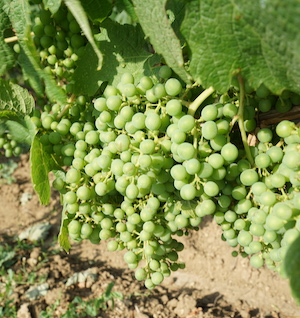
The berries will grow more or less quickly depending on the rainfall.

During the veraison, the berries change color giving multicolored clusters.
Autumn
The last days before the harvest. The bunches take advantage of the last days of sunshine to finish their maturity. The berries finish their growth. We start to go through the vineyards to taste the grapes. With each passing day, the grapes gain sugar and lose acidity. The harvest is only possible when the tannins are optimally ripened. The weather of the last few days is important, excessive rain could damage the grapes.
